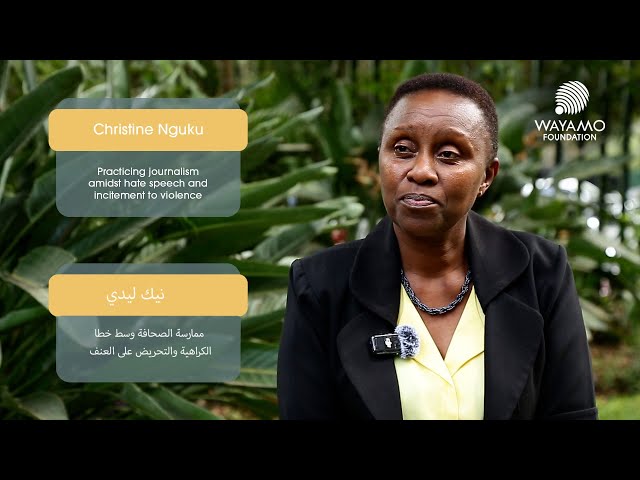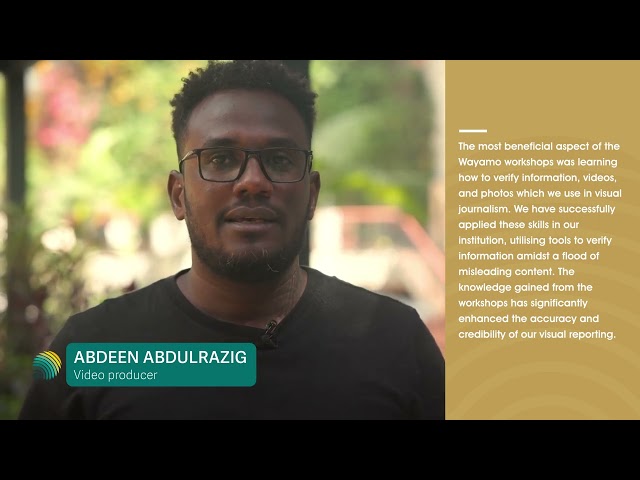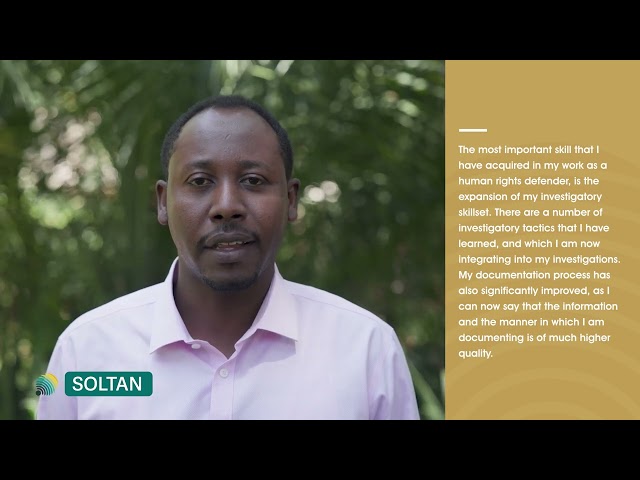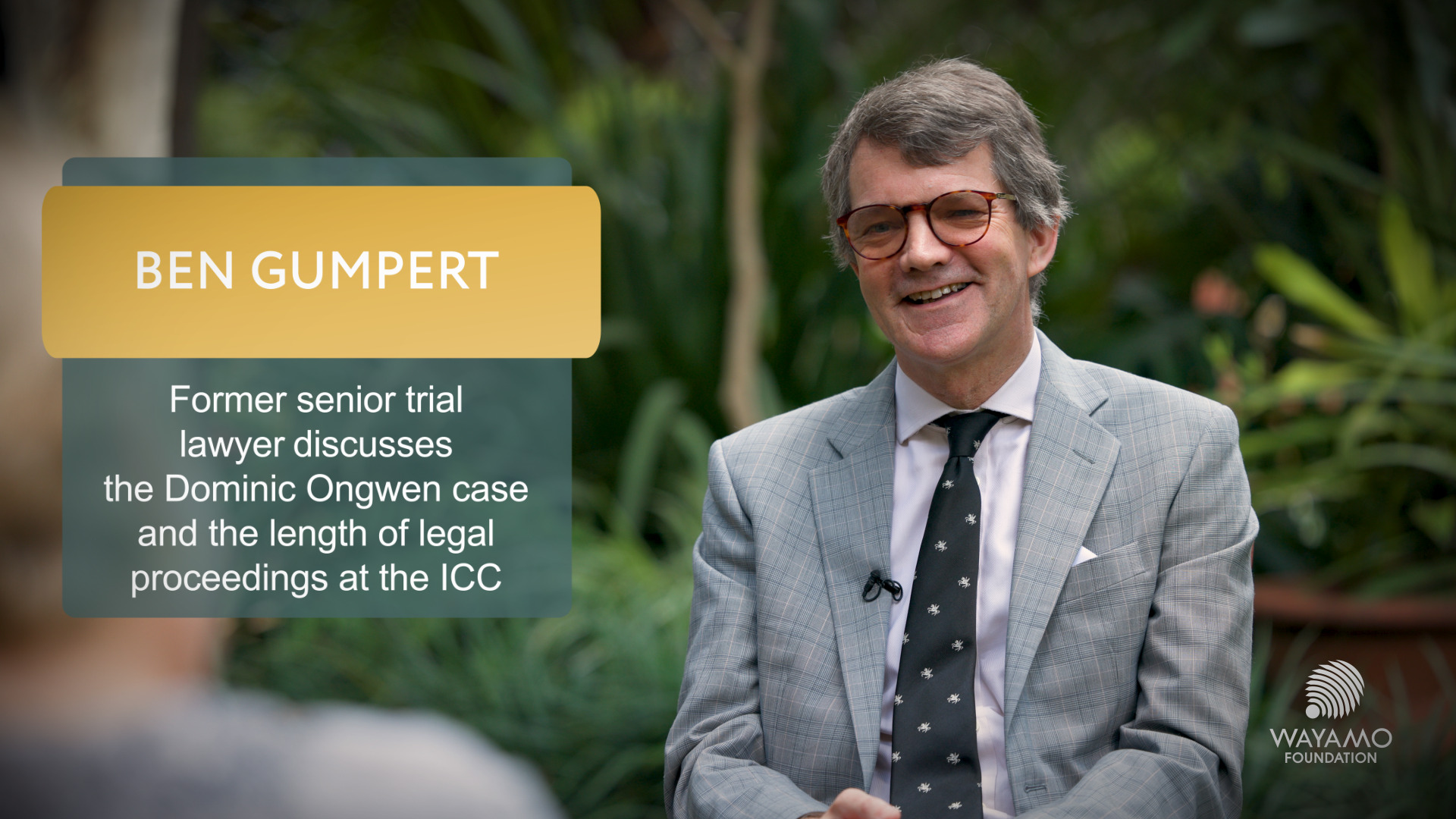11 July 2017
Interview with Serge Brammertz, Prosecutor, United Nations Mechanism for International Criminal Tribunals, by Wayamo Foundation Director, Bettina Ambach – Dakar, Senegal, 11 July 2017. ENGLISH TRANSLATION BELOW.
Question 1: We are here in Dakar for the exchange/sharing of experiences between the members of the Special Criminal Court of the Central African Republic, the Extraordinary African Chambers in Senegal and international experts. What is the importance of this exchange/sharing of experiences?
When a new court is created, often everything must be built from the ground up, so for new colleagues it is very important to learn from the experiences of colleagues from other international courts. We have colleagues from the ICTY, ICTR and the Special Court for
Sierra Leone at this capacity building workshop, and all of them went through the same process.
Question 2: What are the challenges facing the Special Criminal Court?
Firstly, one of the big challenges is that the investigations will have to take place in a country that is still partially in conflict. So, the security question will be a very important and difficult one for everyone…investigators, judges and prosecutors alike. Secondly, a whole new institution must be operationalised, one which does not even have a building yet, and for which investigators and judges need to be trained, and a criminal procedure policy developed.
Question 3: What are the advantages of a hybrid system, such as the Special Criminal Court with international and national judges and prosecutors?
International criminal justice is still quite young. Courts that are purely international can work on a very limited number of cases, and so it is necessary to co-operate with national courts.
In hybrid courts –a mix between national and international courts– national and international experts work together in one court, something that has several advantages. Hybrid courts most often apply national law, which is understood by both victims and perpetrators. Furthermore, the courts are mostly located in the country where the conflict took place. There is a mix of national judges, which makes for empowerment of national authorities with the support of international judges, most of whom already have experience with international courts. I think it is really the best of two systems which comes together. Even so, there are many challenges.
Question 4: As organisers of this event, what can we do to continue the work that we began with this team of prosecutors and judges?
I think that there are a few important elements to mention in this regard. It was the first time that all eight judges from the new court came together, which was important in itself. It was also important for them to see that other judges have been faced by the same problems over the past 20 years. This creates a form of solidarity between judges from the old international courts and the new court. We embarked on a needs assessment. There are quite a few purely material problems, such as infrastructure, buildings and equipment, but the most important problem of all is training,
especially in investigations, drawing up charge sheets, operationalising a criminal procedure policy, accessing the jurisprudence of other international courts, and even highly technical aspects like information management. This is a common experience for all international courts. It is one thing to assemble information on the crimes committed: it is quite another to
ensure that all this information is incorporated into an analytical system that will allow for proactive investigations.







